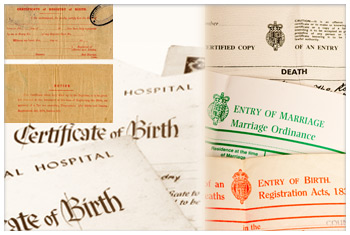
What You’ll Need

Even before you begin applying for dual citizenship, we can help you fully understand the requirements and tasks you’ll face. The more informed you are, the more smoothly the process can go. Our experts will guide you every step of the way.
First, let’s look at a few key questions:
Is multiple citizenship permitted by all of the countries where you want to be a citizen? For example, if you are a U.S. citizen seeking citizenship in Italy, the U.S. must allow you to also become an Italian citizen without losing your U.S. citizenship, and Italy must allow you to become an Italian citizen without making you give up your U.S. citizenship. (Both U.S. and Italy do permit this.)
Are you eligible for citizenship in the country to which you’re applying? Each country has various ways to acquire citizenship. The following are the most common:
- Jus sanguinis – Citizenship by descent
- Jus soli – You were born on a certain country’s territory or soil
- Jure matrimonii – Citizenship by marriage
- Naturalization – Citizenship by application, upon fulfilling residence requirements
- Birth/adoption – You were born or adopted as a minor to a citizen parent
What supporting documents or other information do you need? This varies from country to country, and also depends on how you’re applying, such as by descent or marriage. Most likely, you will need documents such as your birth certificate, passport, state-issued I.D. and proof of residence. If you are seeking citizenship by descent, you’ll typically need to submit the birth, marriage/divorce and death certificates of the appropriate generations.
To learn more about a specific country, visit the by by country page.
